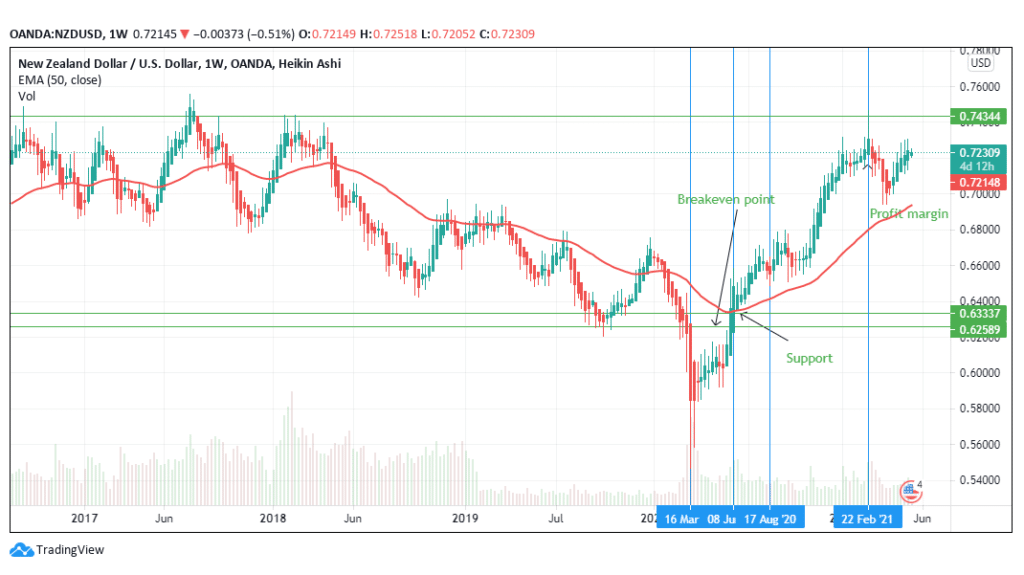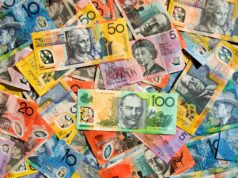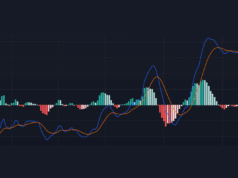Introduction
Day traders buy and sell forex pairs within a day. They may do it once or several times and the trade rarely goes overnight. Position traders hold on to the forex pairs for a longer time, say weeks or months. While day traders are influenced by the daily economic calendars affecting the market, position traders watch for the market volatility.
While position trading is not very common with forex traders due to the elongated period needed to trade, it still provides a chance to make profits. Focus on multi-week or multi-month price moves can be a profitable venture. Here, traders focus on the market position mainly through fundamental analysis. Day traders on their part will want to take advantage of the daily price change opportunities.
Day trading
You can choose the amount of time to trade, say 10-minutes to 5 hours per trade. The choice of time frame helps to gauge how much leverage you will need to support the trade.
When using the trading chart adjust the time frame to read minutes, hourly or daily depending on the desired time. Day traders may use a 30-minute to the 4 hours while an entry trigger chart has 5-minute to 60-minute variation. This difference is important since position traders use weekly settings to analyse the major trend direction and daily time frame for the entry trigger.
Day traders should focus on the trend direction. For instance, if a price action forms a downward breakout, and you want to sell, wait for the trend pullback. Ensure the pullback actions stall or it follows the prior downtrend before selling the pair.
Every successful trade depends on the risk management strategy. Have a maximum amount to be risked in every trade. You can use 0.5-1% as a golden rule. This means that if you have a $10,000 account, you should set aside a maximum of $100 in every trade, or $50 if you are a beginner. Limit your daily trades to 3-4 times to avoid overtrading.
The key to profitability in day trading is to maximize the winning trades and minimize the losing trades. For example, the chart shown below represents a chart for the New Zealand dollar against the US dollar.

Figure 1: NZD/USD trading chart
The 5-minute chart in figure 1 shows that the trade entry was made at 0.7184 and exited at 0.7208. In 2 hours, the trader has accumulated 24 pips on this winning trade. With a stop-loss order of 5 pips, we expect the stop to be at 0.7179.
If out of 4 trades in a day, the trader makes at least 25 pips in the winning trades and loses 15 pips in the losing trades, the day trading tactics are considered profitable.
If you place your price target 10 pips from your entry and put the stop-loss (risk) 5 pips from your entry price, then the potential reward is 2:1. Therefore, if you risk $100, your profit from the trade would be $200.
Day traders mostly rely on the price trend with little inference to the fundamental analysis. If there is an increase in volume towards the buy side, then the trade will take that direction.
Position trading
Unlike day trading, position trading requires more patience. The trader holds on to a position for a long time, presumably weeks or months.

Figure 2: Position Trading of the NZD/USD pair
Unlike the hourly trading needed in day trading, position trading can run for as long as a year. The chart is set to either weekly or monthly and is used to find support and resistance.
The trader has to watch until the trade reaches the breakeven point, where his capital will hit profitability. In figure 2, the trader bought the NZD/USD pair at 0.6259 on March 16, 2020.
The 50-day exponential moving average (EMA) indicated that the market was moving below the trendline close to a 3-year low (since 2017).
The trade broke even on July 8, 2020, before confirming the support at 0.6333 on August 17, 2020. From this point, prices continued rising until they reached a high of 0.7232 on February 22, 2021.
The trader here has gained 1,175 pips from the position trade holding the position for almost 12 months.
Conclusion
Whether position or day trading is more profitable depends on both a trader’s skillset and mindset. The trader needs more capital with a higher level of risk management. However, the trader needs to integrate indicators such as the Moving Averages, support, and resistance levels to follow the long-term trend.




